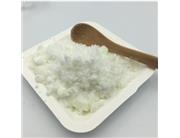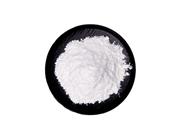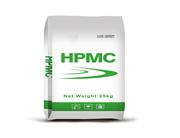The Chinese name is hydroxypropyl methyl cellulose
English name Hydroxypropyl methyl cellulose
CAS9004-65-3
Molecular formula C3H7O *
Molecular weight 59.0871
MOL File 9004-65-3.mol
A propylene glycol ether of methylcellulose in which both hydroxypropyl and methyl groups are bound by ether bonds to the anhydrous glucose ring of cellulose. Different types of products, the proportion of methoxy and hydroxypropyl content is different. White to off-white fibrous powder or particles. Soluble in water and some organic solvents. Insoluble in ethanol, the aqueous solution has surface activity, forms a film after drying, and undergoes a reversible transformation from sol to gel after heating and cooling.
Melting point 225-230 °C
Density 1.39
Storage condition room temp
Solubility H2O: 50 mg/mL, clear to very faintly turbid, faintly yellow
Morphology powder
Color White to cream
The Odor was Odorless
Water is soluble
Water soluble Soluble in water
Application This product is used as thickener, dispersant, binder, emulsifier and stabilizer in textile industry. Also widely used in synthetic resin, petrochemical, ceramics, paper, leather, medicine, food, cosmetics and other industries.
Application: Used in synthetic resin, petrochemical industry, ceramics, paper making, leather, textile printing and dyeing, medicine, food, cosmetics and other daily chemicals, as dispersant, thickener, binder, excipient, capsule, oil-resistant coatings and fillers.
Use as a synthetic resin dispersant, coating molding agent, can also be used as a thickening agent
Uses thickener; Stabilizer; Emulsifier; Gelling agent; Suspension agent.
Merck14, 4842
Production method 100 kg of refined short cotton wool is immersed in 45% lye, the temperature is 35 ~ 40℃, the time is 0.5 ~ 1.0 h, and then take out for pressing. Stop pressing when the weight is 2.7 times the weight of cotton wool. To crush and loosen. Aged at 35℃ for 16 h.
Put the above-mentioned aged alkali fibers into the reactor, add chloromethane and propylene oxide in turn, react at 80℃ and pressure 1.8 MPa for 5 ~ 8 h, and then add appropriate amount of hydrochloric acid and oxalic acid washing materials in hot water at 90℃ to expand the volume. Use a centrifuge to dehydrate. Wash to neutral, when the water content in the material is less than 60%, dry at 130℃ hot air flow to less than 5% water content. Finally crushed through 20 mesh sieve to get the finished product.
The refined cotton cellulose is treated with lye at 35-40℃ for half an hour, pressed, the cellulose is crushed, and properly aged at 35℃, so that the average degree of polymerization of the obtained alkali fiber is within the required range. The alkali fiber was put into the etherification kettle, followed by the addition of propylene oxide and chloromethane, and etherized at 50-80℃ for 5h, with the highest pressure of about 1.8MPa. The reaction products are post-treated (hydrochloric acid neutralization, oxalic acid removal of iron, washing, drying). Raw material consumption quota cotton pulp 1100kg/t, methyl chloride and propylene oxide 4300kg/t, solid alkali 1200kg/t, hydrochloric acid 30kg/t, oxalic acid 50kg/t.
The production method is made of cellulose, chloromethane and ethylene oxide.
Stable and stable. Solids are flammable and incompatible with strong oxidants.
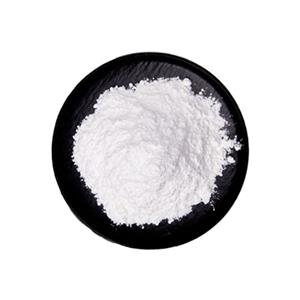

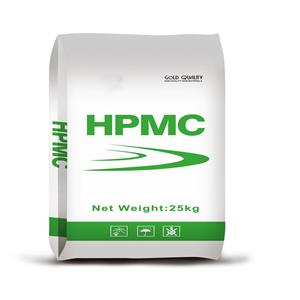
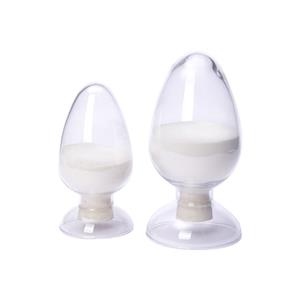


 China
China